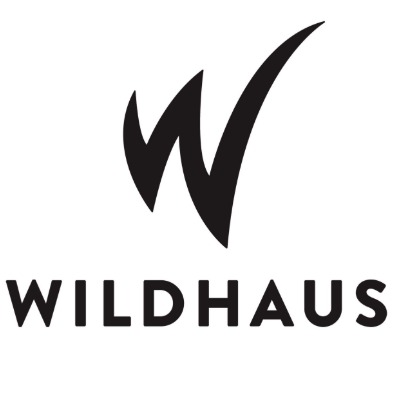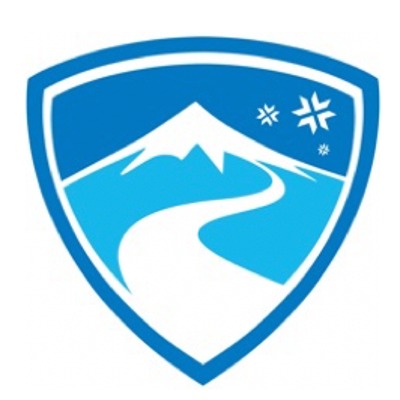Sauerland Winter Sports Arena: Season Days Below Average In Most Ski Areas

It often happens that a peak season is canceled. But the fact that Christmas holidays and Crocus holidays only had a small basic offering is extraordinary. This was not only due to the mild temperatures, but above all to heavy rainfall and wind. What was good for the forests and nature as a whole is doing great damage to the snow cover on the slopes.
Alpine skiing
The season started on November 29th based on natural snow in the Hohe Bracht ski area near Lennestadt. The Winterberg ski lift carousel followed just two days later, initially with three lifts. Thanks to freezing cold temperatures and abundant snow production, 23 ski and toboggan lifts were running in ten ski areas on the second weekend in Advent. Until a week before Christmas, the offer reached a temporary peak with 33 lifts in only five snow-covered ski areas. The “Christmas thaw” so typical of the low mountain ranges continuously reduced the offering.
The second week of January brought the long-awaited cold needed for renewed snowmaking. The offer, which had shrunk down to 6 lifts, became 63 within four days. The most extensive offer was available on the third weekend in January with 93 lifts. In addition to the 18 ski areas registered in the Sauerland winter sports arena, other small ski areas up to the middle altitudes were open on this sunny and snowy weekend.
Thanks to technical snowmaking, the lift operators were able to offer their guests a continuous season. By Easter the season length will increase to 123 days. However, this should not obscure the fact that the operating days of the vast majority of lifts are significantly fewer. Ski areas with snow at high altitudes report 40 to 70 days, ski areas with little or no snow at medium altitudes report 5 to 10 days. These values are below the average for the past 20 years.
Nordic skiing
Due to the heavy snowfall, cross-country skiers were also able to get started early in the season. The members of the Girkhausen Ski Club skied the first cross-country ski trails in the cross-country ski area on the Steinert on November 28th. The offer reached a temporary peak with 159 kilometers of cross-country ski trails in nine cross-country ski areas in the first week of December - before the thaw caused the cross-country skiing offers to melt away again within just a week. The heavy snowfall in January meant that twelve cross-country ski areas deployed their track equipment and created a total of 281 kilometers of cross-country ski trails (Jan. 21). The cross-country skiing areas that rely on natural snow had a maximum of 20 days of the season. Only the snow-covered Westfeld cross-country ski center lasted 34 days. The last day of the season there was February 21st.
Weather
The region's ski areas have had four months of ups and downs. Despite the mildest February since weather records began, the overall winter was “only” the fourth mildest in the past 20 years, after 2006/07, 2013/14 and 2019/20. Two extremely cold and snowy phases lasting two weeks each provided some balance. Severe frost with temperatures sometimes below minus 10 degrees even in the valleys made abundant snow production possible, but was quickly replaced by a mild, wet and windy phase. On 18 days, the natural snow cover on the mountains was the minimum 20 centimeters required for skiing. The records show 26 days of ice; since 2001 there have only been three winters with even fewer days of permanent frost.
However, that is the principle of snowmaking: use cold phases to finely atomize clear water and let it freeze into snow crystals in the cold air, thereby bridging mild phases. Since the snow produced in this way often lasts for weeks, this worked for three to four weeks even in medium-sized ski areas during the difficult winter. In order to be able to operate a snow-covered ski area economically, the master plan assumes a value of around 80 days on average over the years.
Across the two winter phases, it was a mild to very mild winter. This is how the Christmas holidays and February went, to the chagrin of winter sports enthusiasts the two most important phases, mostly free of frost and natural snow.
Investments
The Altastenberg ski carousel started the new season with the largest investment in the history of the ski area. Winter sports have a future, the operators have committed themselves to this and invested around 4 million euros. After two years of planning and three months of construction, the new Kapellenbahn went into operation in the Altastenberg ski carousel. Completion was in time for Christmas. After successful snow production, the first guests were able to test the track and 700 meter long, optimized family run for the first time on January 12th. The operators received only positive feedback about the lift and descent. In recent years they have already taken various measures to improve snow reliability. This meant they were able to stay open for a comparatively long time during the difficult winter. February 21st was the last day of operation.
Demand and visitor management
The past season shows how important the channeling function of the ski areas is. Snow, cold, clear air and sun attract large numbers of snow tourists from the surrounding metropolitan areas to the winter sports region. There are always very few such weekends in a winter. Last season there was only one. With snow down to the lowlands, January 20th and 21st were one of the busiest weekends in recent years.
What is important on such weekends is that the region offers a comprehensive range of activities. The small ski areas are particularly important at such times in order to be able to meet the great demand for snow experiences. This is one of the key tasks of the Sauerland Winter Sports Arena: to make the region's overall offerings widely known and to point out that there are good winter sports opportunities not only in the core area.
The Sauerland winter sports arena and the large ski areas also offer offers outside of the busy weekends. The ski areas are significantly less visited both during the week and in the off-season. This also shows the value of technical snowmaking, which enables a continuous season from December to March, which makes it possible to avoid snow in the first place.
The ski areas have created further measures such as the Winterberg ski bus. This had fewer operational days in the past season, but according to the bus operator, there was a higher passenger occupancy rate. The ski areas also confirm increased demand from guests. With the Winter Sports Arena Card (valid in seven ski areas) you can use the ski bus for free. In addition, two years ago the Winterberg ski lift carousel opened its one- and two-day tickets for use in the surrounding ski areas and included the use of the ski bus. The aim is to show guests the variety of ski areas in the region and to offer compensation during busy times. Due to the positive development, those responsible are planning to expand the system.
Traffic control
Directing demand and regulating traffic is the task of the AIR project (AI-based recommender for sustainable tourism). In a nationwide network of destination practitioners and research partners, digital visitor management is being created using AI. It is intended to provide visitors with suitable information at an early stage about the expected occupancy at the desired destination and to draw their attention to alternative offers. The measuring stations at 13 parking areas were installed in the pre-winter.
The first prototype for predicting parking space utilization was published in good time before the start of the previous season. This is currently calculating the expected utilization in the next 48 hours based on the measurements. The results obtained were and are continually checked, compared with the real situation and the parameters adjusted. By next winter, the plan is to improve this forecast with the help of additional external data and extend it to four days and ultimately distribute it to as many hotels, tourist information centers and websites as possible.
Youth promotion
The Winter Sports Arena Sauerland provided three schools with a day in the snow with the entire class free of charge. The action was announced on social media. The first three teachers to respond should receive the packages. They were taken within a very short time. The dates took place after the main season, at the end of February. Thanks to professional instructions, even beginners were able to complete a complete descent independently in the morning.













